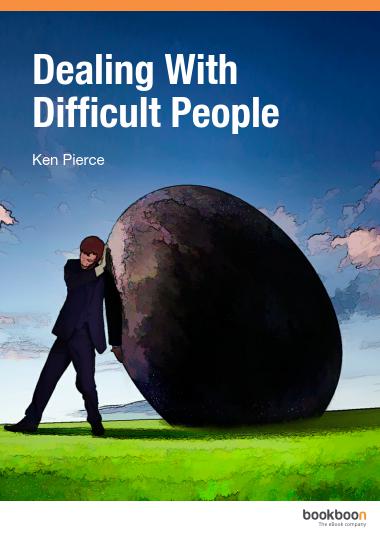Seven tools for expertly dealing with difficult people

In business, since everyone is a potential customer, you meet contrary people regularly. So, not just to survive, but to be a viable and successful business person demands you have the skills to be able to deal with all sorts of people. The most challenging are those who “pull our chain” or “push our buttons” because they can cost you time and money.
The good news is that everyone can learn how to handle difficult people, no matter if in your private life or at work. In this article you will find seven tools for dealing effectively with difficult people which you can start using today. Go for it!
Tool # 1: Assume their primary motive is always survival.
Every person is trying to survive and so well-intentioned. There is no real good person or bad person. A difficult person can’t ignore or change their needs, but they can change their behavior to get their need met in another way! Remember they have over 4600 options.
This is an essential tool for dealing with difficult people. Without it you cannot be effective in communicating with them. While you may not like their current behavior choice, they are truthfully just trying to survive.
Tool # 2: Assume every behavior has a purpose!
They won’t move a muscle without a motive. Each person is motivated to get their needs met at every second so they can continue to live. That is why difficult people seems unable to change their annoying behaviors. From their perspective, within their value system, it is life threatening to do so.
Tool # 3: Assume every person is responsible for meeting their own needs and can learn a better way!
Learning is a life long process. Since it never really ends, any difficult person can learn new ways of communicating if they choose to do so. If they feel unthreatened they are more likely to learn other ways to satisfy their needs.
Tool # 4: Assume a difficult person will always need to make choices.
Since one of our basic needs is to make choices, it is vital a difficult person has choices which motivate and empower them to learn.
Tool # 5: Assume a difficult person will not change if there is no clear pay off for them.
Since all the behaviors of a difficult person are motivated by their value system, if a behavior is not need-fulfilling, that is, honors their value system, then it will not be chosen by them.
Tool # 6: Assume a difficult person’s behavior is their best choice at that moment.
A difficult person’s current behavior is their best attempt to get their needs met, at that point, given the options they are aware of and believe are available to them.
Tool # 7: Assume there is only one way to effectively communicate with a difficult person.
There are really three ways to communicate with another person:
- care-lessly, (self righteous) care-fully (self wrongeous) and care-ingly (respectful).




